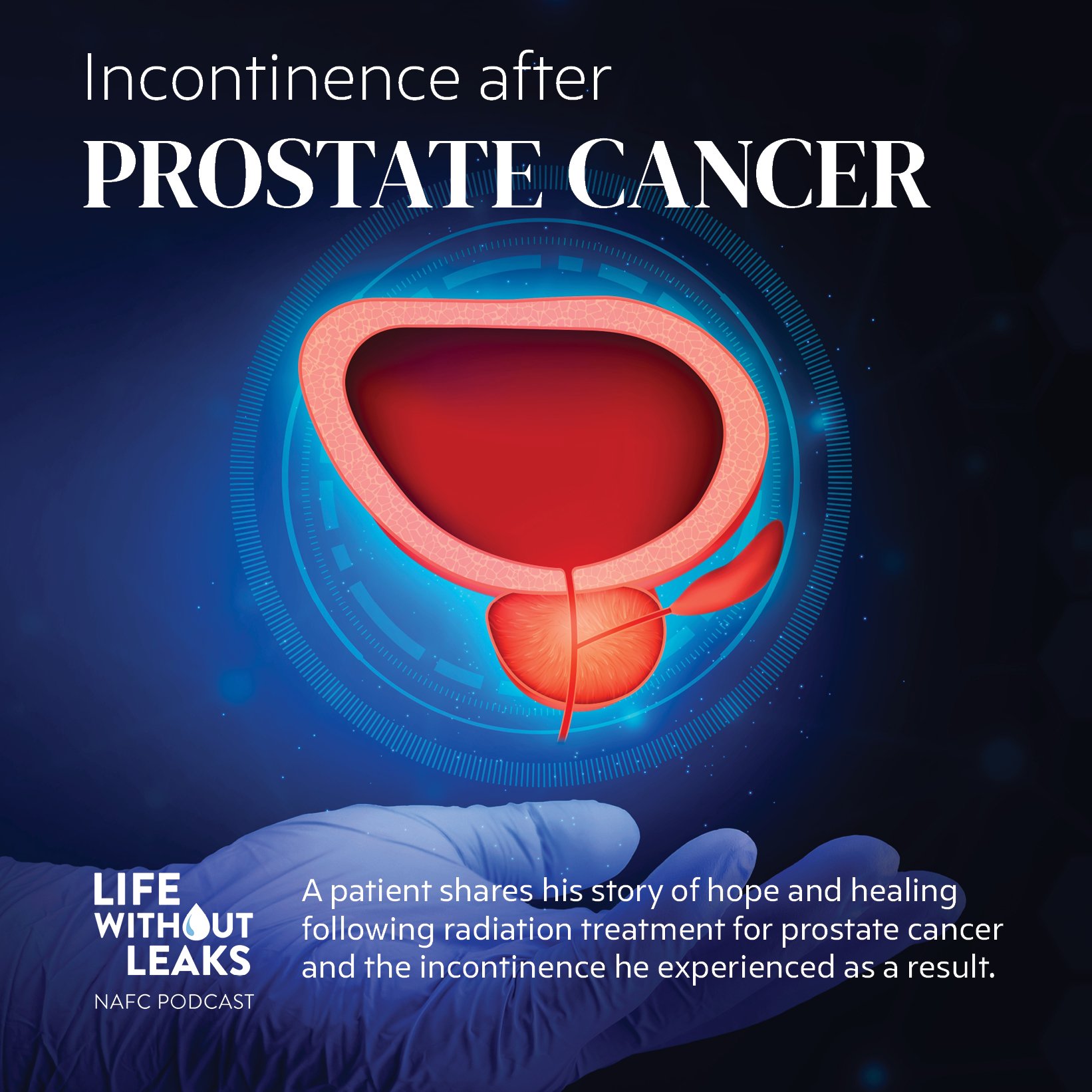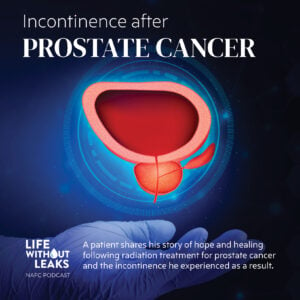One-third of people over the age of 65 fall every year, and 50% of those are 80 and older. Unintentional injury is the fifth leading cause of death in those 65 and older, and two-thirds of all injuries are related to falls. 5% of older people who fall require hospitalization. Fear of falling leads to loss of independence. It is important to understand the impact of falls because of morbidity and mortality in the older adult. Risk factors for falls include: muscle weakness, history of falls, gait and balance problems, need to use a walker or cane, visual impairment, arthritis, difficulties doing activities of daily living (bathing, dressing, transferring, and toileting), depression, cognitive impairment or memory problems, and age greater than 80.
There are numerous medical problems that cause gait and balance problems, including neurological disorders, which affect the spine, peripheral nervous system, and the central nervous system, such as Parkinson’s disease and strokes. Other problems include arthritis of the hips and knees, cardiovascular disease, and vertigo.
Medications that affect the central nervous system can contribute to falls: tranquilizers, sleeping medications, anti-depressants, narcotics, muscle relaxants, and anti-seizure medications. Medications for cardiovascular disease and hypertension can contribute to falls because they may cause a drop in blood pressure when standing.
If you have had a fall or have a gait or balance problem you need evaluation by a physician. You should also evaluate your home for environmental hazards. This can be done by home safety evaluation checklists that are available online, or you can have a home safety evaluation by physical therapist forvFall Prevention In Elderly Patients. Muscle strength and balance through appropriate exercise is a must. Preventing and treating osteoporosis can reduce risk of fractures due to falls. Vitamin D is important in decreasing risk of falls.
Other precautions for Fall Prevention In Elderly Patients you can take:
-
When getting out of bed, sit on the edge of the bed for few minutes before standing
-
Keep the path to bathroom clear of clutter
-
Wear slippers with non-skid soles
-
Remove loose rugs
-
If using a walker or a cane, keep it bedside
-
Take time to turn on lights
-
Frail and elderly with multiple risk factors may benefit from a bedside commode






